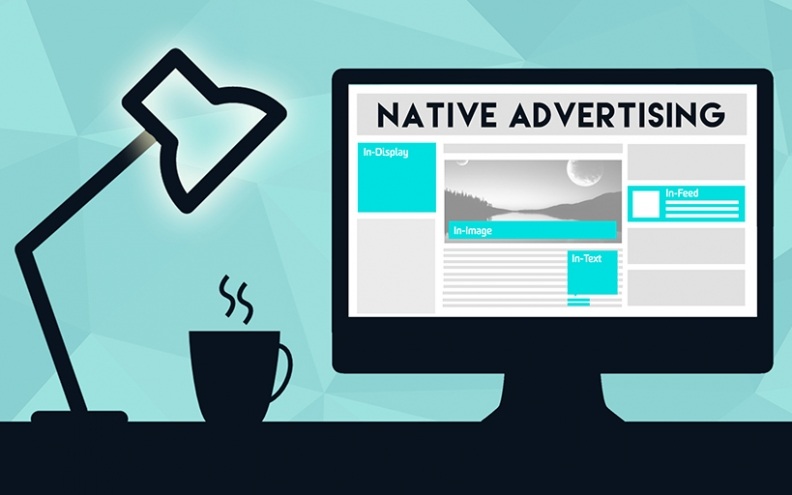Understanding the Synergy:
-
Definition of Content Marketing: Content marketing involves creating and distributing valuable, relevant, and consistent content to attract and engage a target audience. It aims to build trust, authority, and brand awareness while delivering useful information.
-
Definition of Native Advertising: Native advertising is a form of paid advertising that seamlessly matches the form and function of the platform it's on. It's designed to be non-disruptive, relevant, and engaging to the audience.
The Synergy:
Content marketing and native advertising can complement each other by integrating branded content seamlessly into a platform's existing content. This way, the sponsored content feels less intrusive and more like valuable information, enhancing the audience's overall experience.
Tips for Creating Compelling Sponsored Content:
-
Understand Your Audience: Before creating any content, you must have a deep understanding of your target audience. What are their needs, pain points, and interests? Tailor your content to provide solutions and valuable information.
-
Transparency: Be transparent about the sponsored nature of the content. Today's consumers appreciate honesty, so clearly label native advertising to maintain trust.
-
Provide Value: Just like with content marketing, the content should provide real value. It should educate, entertain, or solve a problem for the audience. A well-researched and informative piece is more likely to be well-received.
-
Match the Platform: Ensure that the content seamlessly matches the style, tone, and format of the platform where it's displayed. It should feel like a natural fit within the content feed.
-
Engaging Headlines: Craft attention-grabbing headlines that entice readers to click and explore further. A well-written headline can significantly impact engagement.
-
High-Quality Visuals: Use high-quality images, videos, and graphics to make the content visually appealing. Visual content tends to perform better in native advertising.
-
Optimize for Mobile: As a substantial portion of content consumption happens on mobile devices, make sure your content is mobile-friendly, with responsive design and fast loading times.
-
A/B Testing: Continuously test different variations of your native ads to determine what resonates best with your audience. This includes testing headlines, images, and ad copy.
-
Landing Pages: If your content leads to a landing page, ensure that the transition is smooth and that the landing page is optimized for conversions. The content should be a seamless part of the customer journey.
-
Data and Analytics: Leverage data and analytics to measure the performance of your native advertising. This includes tracking engagement, click-through rates, and conversion metrics.
-
Learn from Feedback: Pay attention to audience feedback, comments, and reactions to your sponsored content. It can provide valuable insights for future campaigns.
-
Consistency: Maintain a consistent schedule for sponsored content. Regularity can help build brand recognition and trust.
-
Compliance: Stay up to date with advertising regulations and guidelines, ensuring your native advertising complies with legal requirements.
By combining the power of content marketing and native advertising, you can engage your audience with valuable content while also achieving your marketing goals. This synergy allows you to build brand awareness, generate leads, and drive conversions while respecting the preferences of your target audience.




Comments (0)